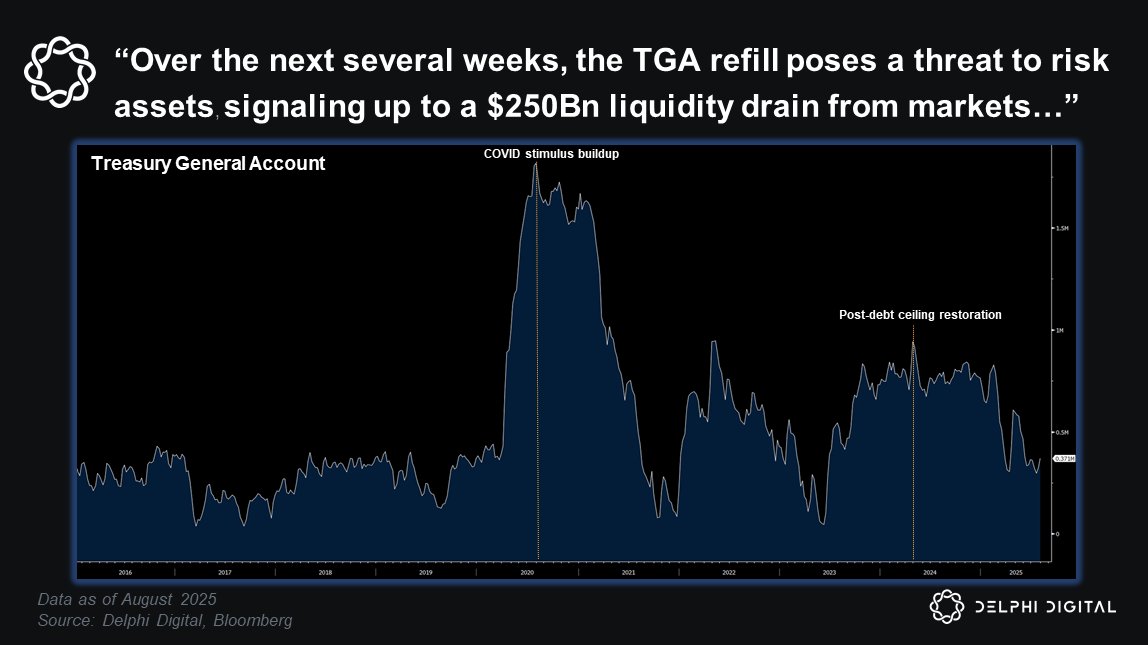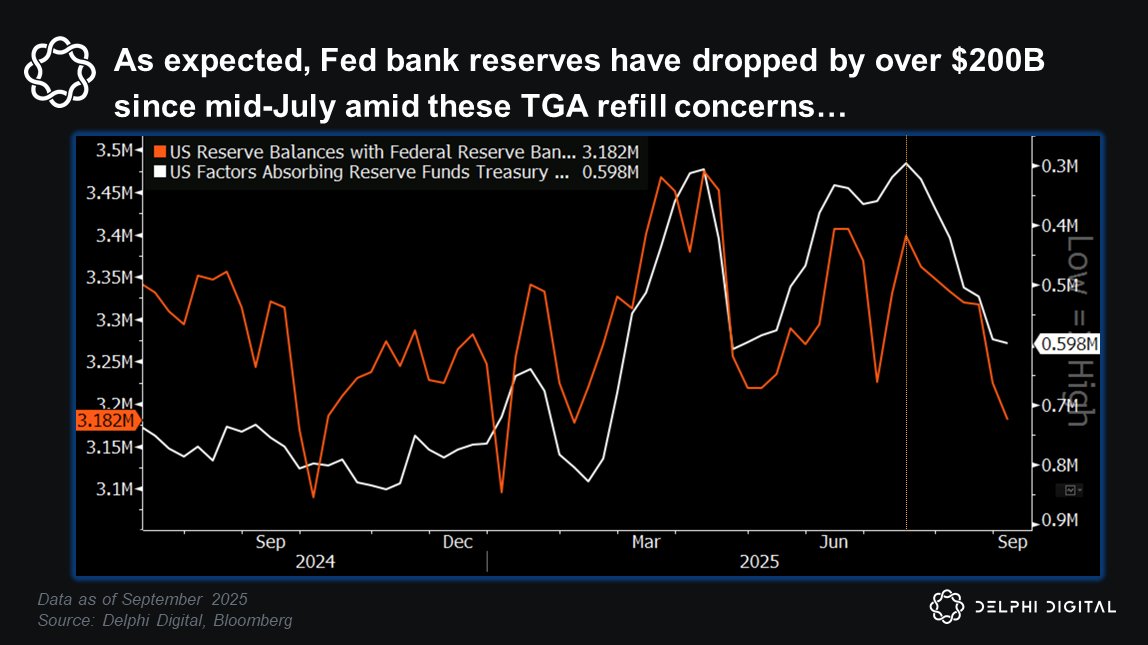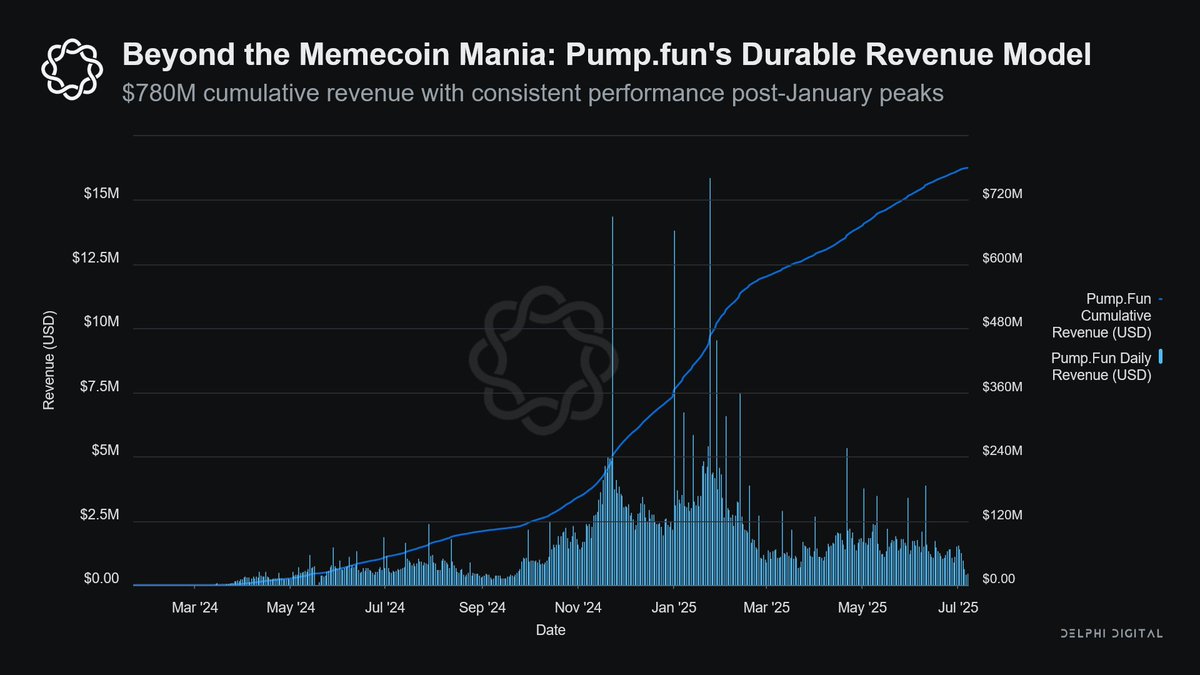0/ In today’s Delphi Daily, we dove deep into @arbitrum
We looked at Arbitrum’s bridge activity, its correlation with Ethereum gas, and it's spectacular past two weeks.
For a more detailed look 🧵👇
We looked at Arbitrum’s bridge activity, its correlation with Ethereum gas, and it's spectacular past two weeks.
For a more detailed look 🧵👇

1/ Market Update-
🔹The market is bouncing for a second consecutive day, and every session (Asia, Europe, North America) opened up with strength.
🔹CRV is on an absolute tear today, but other top DeFi tokens are in the green as well.
🔹The market is bouncing for a second consecutive day, and every session (Asia, Europe, North America) opened up with strength.
🔹CRV is on an absolute tear today, but other top DeFi tokens are in the green as well.
2/ Less than a week after launching, the value locked in @Arbitrum’s bridge is closing in @0xPolygon.
There were a flurry of liquidity mining announcements across @Avalancheavax, @FantomFDN, and Harmony.
Arbitrum has been able to outshine it’s EVM-compatible competitors.
There were a flurry of liquidity mining announcements across @Avalancheavax, @FantomFDN, and Harmony.
Arbitrum has been able to outshine it’s EVM-compatible competitors.

3/ Arbitrum’s bridge had a mere $22M locked in it on Sep. 1, which meant the bridge represented just 0.047% of total TVL in Ethereum bridges.
In the past two weeks, a few speculative farms have pushed this share up to 32%, a 640x increase.
In the past two weeks, a few speculative farms have pushed this share up to 32%, a 640x increase.

4/ It’s no surprise that WETH/ETH, USDC, USDT, DAI, and WBTC account for nearly 90% of asset value being bridged on Ethereum.
The reason for this is pretty obvious: liquidity for these assets on Ethereum’s DeFi layer is extremely deep, in part due to their large market caps.
The reason for this is pretty obvious: liquidity for these assets on Ethereum’s DeFi layer is extremely deep, in part due to their large market caps.

5/ Arbitrum’s take-off in early Sept. coincides with a sharp decrease in the median gas price on Ethereum mainnet.
Theoretically L2s like Arbitrum scale Ethereum’s throughput to a great degree.
Theoretically L2s like Arbitrum scale Ethereum’s throughput to a great degree.

6/ The future of L2s looks extremely promising.
The market may be looking favorably towards DeFi assets, which have had a rough past six months. Blue chips are leading the bounce, followed by derivative protocol tokens.
The market may be looking favorably towards DeFi assets, which have had a rough past six months. Blue chips are leading the bounce, followed by derivative protocol tokens.

7/ Tweets of the day!
@OpenSea acknowledges accusations of employee front-running users.
@OpenSea acknowledges accusations of employee front-running users.
https://twitter.com/dfinzer/status/1438122446847201283
8/ @Immutable X raises $60M in Series B funding
https://twitter.com/Immutable/status/1437936671152951296
9/ An in-depth analysis of ETH 2.0’s imminent Altair upgrade
https://twitter.com/pintail_xyz/status/1437839408397443088
11/ Crypto moves fast. Delphi has you covered. Sign up here to get Delphi's free daily newsletter delivered right to your inbox every weekday
delphidigital.io/daily/
delphidigital.io/daily/
Correction: The bridge TVL share chart above understated Polygon and Optimism's bridge TVL. The updated figures show Arbitrum's bridge share at 23%, which is still impressive. 

• • •
Missing some Tweet in this thread? You can try to
force a refresh


























